Welcome to Historical Roundtables, our regular column where the Goonhammer Historicals team gets together to talk over a particular aspect of historical wargaming. They’ll share their insights, recommendations and warnings about the best way to engage with the hobby. This week we’re thinking large, getting small and climbing the cliff face of one of historical gaming’s biggest questions: scale.
Previous Roundtables in this series:
Deployment
Force Selection
Activations
Ilor: Before we start, we once again have to talk about how the term “scale” is a heavily overloaded concept when it comes to wargaming, because many wargamers (myself included) use the term interchangeably to mean various things – and you often need to figure out which by context. But to help out folks who may be unfamiliar, let’s define what we mean by various kinds of scale:
- Figure Scale: This describes how big the physical miniatures used to play the game are. For infantry, this is often given as a single distance (like “28mm”) which describes the distance from the soles of the feet to eye level for a figure standing upright. Why eye level and not the top of the head? Because Napoleonics, where shakos and crests and plumes and shit varied so wildly among uniforms that doing it to “the top” would inevitably lead to the follow-up question: “the top of what?!?” But you need to see to fight, so a toy soldier’s eyes/eye slits/goggles are almost always visible. For vehicles, you’ll most often see a fractional scale (like 1/100) that indicates the real vehicle is 100 times bigger than the miniature in question. Each distance scale roughly corresponds to a fractional scale, like 28mm and 1/56th scale for instance.
- Ground Scale: This is the ratio of distances on the tabletop to actual distance. It’s usually expressed as something like “1 inch = 50 yards” or something similar. Many games use mis-matched figure and ground scales, which is why you might have dudes who are roughly 1” high only able to fire, say, 24” (the equivalent of 144 feet) with their muskets on the tabletop. This is usually intentional to allow for a larger physical area with more terrain to be represented on the play area, but in extreme cases can lend itself to games that look really weird on the tabletop (looking at you, Team Yankee).
- Representative Scale: This is the number of actual men that a single figure represents on the tabletop. For skirmish systems, this might be 1:1, but for mass battle games (especially at larger figure scales) this might be 4:1, 10:1, or more. Representing large formations of troops on the tabletop either requires you to paint loads and loads of figures or to paint fewer figures with the understanding that those figures “represent” more dudes.
- Unit Scale: This is generally used to indicate the overall size of each player’s force in terms of the military unit at play. For instance, Chain of Command is often referred to as a “platoon scale” game, because each player’s force represents a single infantry platoon. But if you’re playing Pickett’s Charge, that’s a “division” scale game.
These terms are linked in complicated ways – for example, if you’re playing a divisional unit scale game at 1:1 representative scale, you’ll probably be playing at a very small figure scale such that you can paint up the several thousand troops you’re going to need quickly. So when someone asks, “what scale?” there’s often a whole lot of assumptions bundled up into the question (and the answer).
For the purposes of this discussion, we’re generally talking about figure scale, but as you’ll see there are a whole lot of caveats there, and other types of scale will inevitably creep in. We’ll try to be consistent in our use of terminology throughout this article to help keep your head from exploding.
Lenoon: If you want to see what happens when you’re not consistent, you can read my confused, and confusing, attempt to say exactly what Ilor just has, but far, far worse, here
Ok let’s get this one out the way: what’s the best figure scale and why?
Thundercloud: Let’s get this out the way with the perfect scale for historical warfare, 6mm (1:300). Beloved by mass battle gamers, and not that incredibly time consuming to paint, 6mm lets you play company or battalion level games with a ground scale that isn’t way out of whack, and represent large formations on the tabletop. To my mind anything larger than 6mm is a skirmish game, as you are inevitably limited to at most a few dozen models.
Ilor: I hear a lot of people rave about 6mm and 3mm and I just don’t see the appeal. Yes, the minis are tiny and adorable and quick to paint, but they usually just look like shit to me. Maybe it’s curmudgeonliness brought on by presbyopia, but they’re mostly just indistinct blobs of color at that size, which is great if you’re playing brightly colored Romans or Napoleonic troops, but for anything else they tend to come across as visual noise to my eye. As someone who enjoys painting I like visual detail in my miniatures. As such, 15mm is about as small as I want to go.
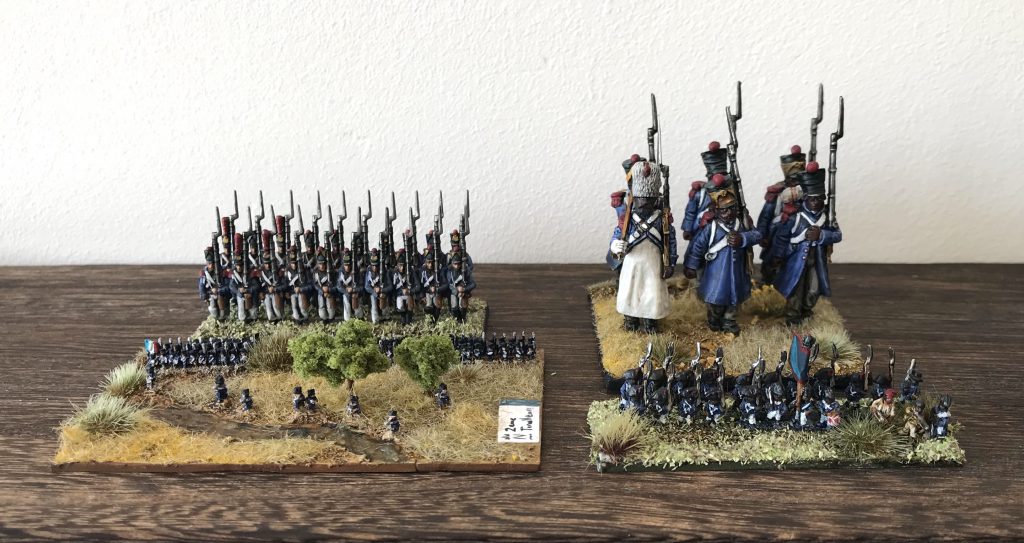
Mugginns: The perfect scale is 28mm, and that vehicle scale is 1/56. The reason this is the perfect scale is because it’s big enough to see details and it’s the most common scale out there for terrain etc. It just looks impressive on the board.
I’ll be honest, I’ve dabbled in smaller scales for a lot of stuff and I just keep finding myself going back to 28mm. The only smaller scale stuff I do now is naval stuff – 1:600 works great for that. I really don’t have a lot of interest in mass battles anymore. I just don’t. I feel like it might be because there are so many great large skirmish rulesets out there? Being able to play ACW engagements with 50-100 models per side using Sharp Practice was an epiphany to me. I’ve actually really been interested in doing 40mm skirmishes lately. Sash and Saber make some awesome Texian miniatures.
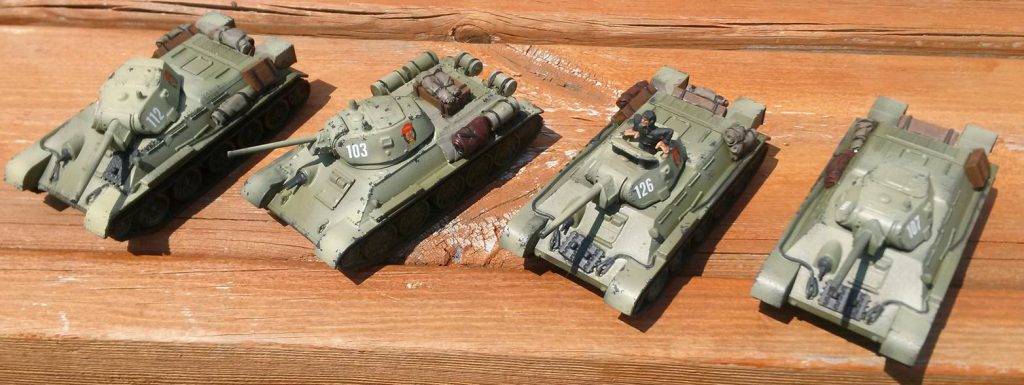
Lupe: I like 28mm for sure, but the true king of scales is 10mm in my opinion. Large enough that you can see details (and with modern manufacturing it can be as detailed as 15mm) but small enough that you can get a real sense of sweeping battles if you want and they’re super fast to paint up. For World War 2 I’d recommend checking out the Victrix line (it’s marked as 12mm but… look, it’s all a bit mutable at that size and the models work fine with 10mm stuff) and for everything else Pendraken.
I’d do smaller (6mm or 3mm) for some things (giant ancients battles and tank warfare specifically) and larger (28mm) for skirmish games but for me 10mm is the perfect figure scale. 15mm has been completely eclipsed by it in recent years in my view.
Are there any particular advantages or disadvantages of a given scale?
Mugginns: Small scale stuff lacks details that bigger scales have. Bigger scales have issues where if you start trying to do very large engagements it becomes unwieldy or impossible. You can’t game ACW engagements with thousands of guys with 28mm models – you’d have to have a gymnasium and a ton of minis. You can if the minis are 2mm or 6mm or whatever.
I also, personally, find that when I look for smaller scale stuff, typically it’s much older sculpts that aren’t as technologically advanced as maybe 28mm are.
Lenoon: Plastics technology, sprue design, GW’s relentless march towards more and more detail – it’s all dragging 28mm into a space that no miniatures have ever been before. 28mm is getting better and better and other scales haven’t had that. But then there’s the occasional outlier there – Warlord’s new 12ish mm Napoleonics are new tech applied to an old scale.
Lupe: Part of detail differences is also to do with detail of representation on models. At 3mm it’s a bit moot what kind of rifle a model is armed with – at 28mm you can see, and therefore it’s easier to represent smaller differences. I would say that while a lot of older small scale models sure are out there it’s rapidly changing and we’re seeing increasing numbers of high quality CAD minis at smaller scales.

Thundercloud: Yeah, this. You can pick one out of pretty and cheap at smaller scales, and at 28mm you are tied to skirmish or significant abstraction or a huge painting pile.
Lupe: Not necessarily about smaller scales but specific scales: if you play at a scale that nearly maps onto a railway modelling scale or scale model convention the chances of finding high quality ready made terrain shoots up.
Ilor: Terrain is an interesting one. I’ll depart from figure scale a little bit and talk about ground scale for a minute. Larger ground scales offer you the ability to get more interesting and varied terrain on your tabletop in a realistic-looking manner. You have to be careful about not letting your figure and ground scales get too out-of-whack (lest your soldiers look like Jolly Green Giants striding over rivers and buildings with ease), but if you like to make terrain then having a game with a bigger ground scale lets you make a table that looks more like it represents a real part of the world and less like a couple of corner ruins on a flat table.
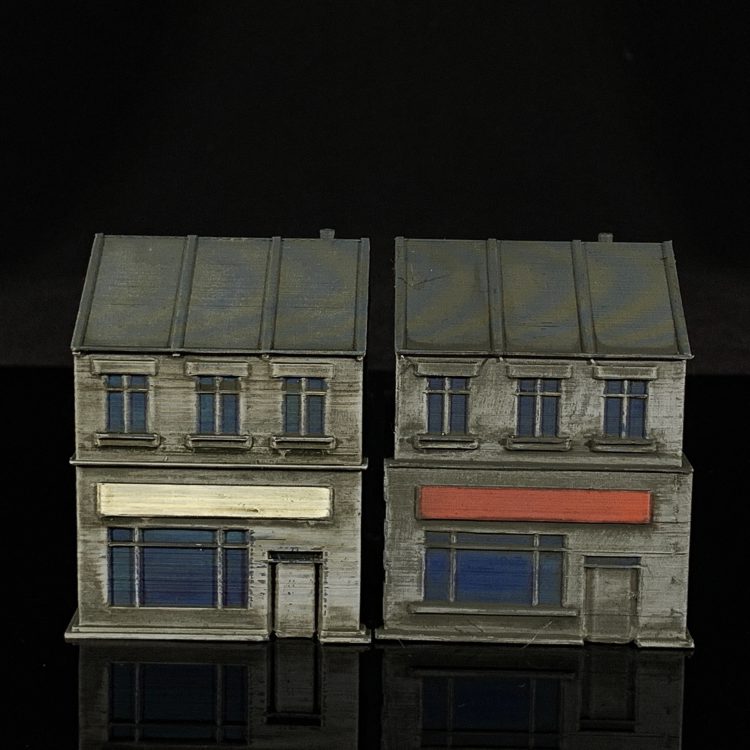
Scale isn’t just size of minis – what does changing scale actually do?
Thundercloud: A hell of a lot. The interaction between the different types of scale can be keyed off model scale, and the size of the engagement you want to model keys off this.
If you are designing a skirmish game then 28mm, 1:1 representative scale, and a reasonable ground scale can be added. A battalion sized engagement pushes you towards a smaller scale, whereas a cowboy gunfight towards a larger one. Depending on how much of a simulationist you are will inform it too, as some historical games try to be painfully accurate (sometimes in a literally painful way having played some of them) while some are happy being looser. This has a place (military wargames in officer training for example) but wargaming for fun necessitates some sacrifices in realism, particularly in games run without an umpire and computing support.
Mugginns: Honestly I think games developers should just make games scale agnostic. It makes everyone happy and it probably sells more wargame rulebooks for them. You don’t have to provide tables for every scale, but it’d be great to have some sort of conversion or guidelines.
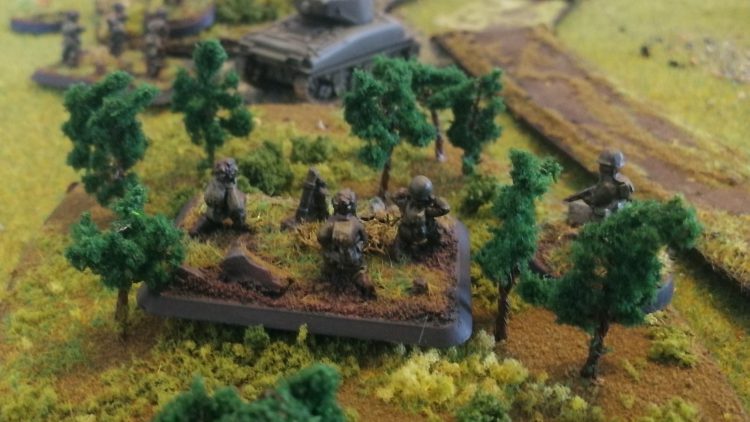
Ilor: Pickett’s Charge did this and I really like it, with an easy system that accommodates 28mm, 15mm, 10mm, and 6mm figure scales. That way players can use whatever size figures they have on hand to play the game.
Lupe: You can certainly make games scale agnostic to some extent in some situations, but I think having limits to it makes sense. For me playing a massed battle game in 28mm is just an odd choice – it doesn’t feel like a proper battle.
Ultimately there are lots of ways to not use scale in a design. But there are advantages to knowing the size of models you’ll be working with and planning accordingly. Especially in skirmish games where base sizes and line of sight are vital, it can really matter.
Do scale-agnostic games work?
Mugginns: I think they do, yeah. I think if rules are written for 28mm but you use smaller minis, usually you’re fine with the measurements being longer because they might be more accurate to the time period for small minis.
Thundercloud: I think they do right up until you want to play pick-up games.
Ilor: Agreed. But then again “pick-up games” and “historicals” don’t usually go hand-in-hand. Unless you’re playing something like Bolt Action or SAGA (both of which are fairly popular and both of which are company-supported with 28mm figure scale miniatures) if you want to play historicals you need to be prepared to own and paint both sides. And since you’re doing both sides (and probably terrain to boot), I wouldn’t let “ability to get in pick-up games” be your deciding factor for figure scale. Pick a scale that you like the look of and which you think will be fun to paint.
Lupe: Or do the classic historicals move of painting two armies and loaning one to your opponent.
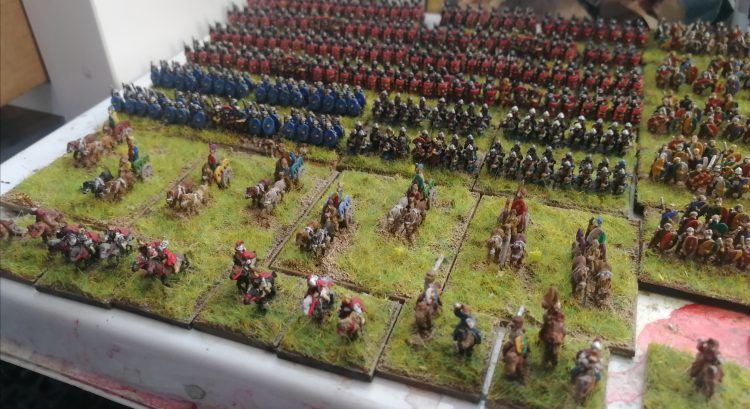
Does every game work at every scale?
Ilor: Fun fact – while most people (myself included) play Chain of Command at 28mm scale, the ground and figure scales actually match at 15mm. So yes, 15mm WW2 is definitely a thing.
One caveat is that especially when you’re talking about mass battle games in the black powder era, a lot of attention is paid by game designers to “frontage,” i.e. how wide a unit of musketmen are when lined up in firing formation. Many games (especially older games) tie their rules to a particular size of base rather than a particular size of miniature. The size of the figures on that base may be less important than the fact that the base itself is 40mm wide (or what have you). For many of these games the size of figures you use is a purely aesthetic choice, with you effectively changing the “representative scale” until the units on the table “look right” to your eye.

Lenoon: I have just run into this one – I can play Soldiers of Napoleon at both 28mm and 6mm as a unit is made up of bases which act almost like hit points – 4 bases at 28mm and 4 bases at 6mm are functionally the same unit, just playing at different ground (and representative) scales. I haven’t done that yet, mind you!
Mugginns: I don’t know if every game works at every scale, no. More popular games like Bolt Action, Chain of Command, Sharp Practice, or SAGA I think could work with a lot of different scales.
Mass battle games like Black Powder, Pickett’s Charge, or General d’Armee would be difficult to game at bigger than 28mm. You’d need so much space. Even then, at 28mm, you need a ton of space.
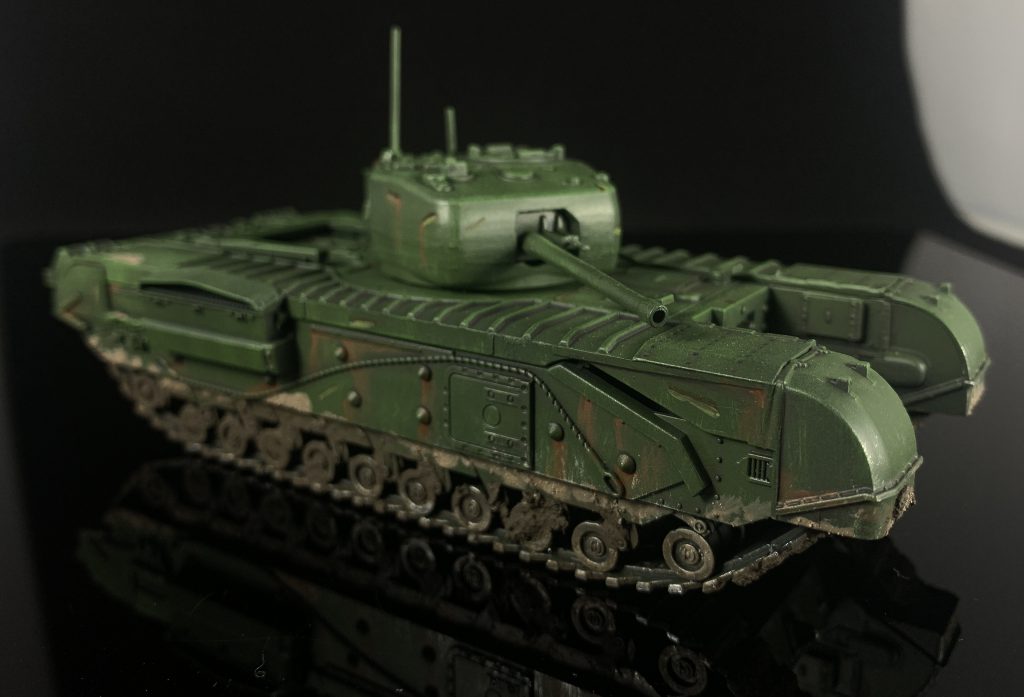
Thundercloud: Some games don’t work well at the scales they’re sold at. 15mm world war II should be bolt action skirmish style games, but Flames of War and Team Yankee use it when the game literally works and looks better at 6mm. Often aesthetically pleasing miniatures conflict with the designers mechanics in the game.
Lupe: As a perennial advocate of platoon scale and smaller games at 10mm, I can definitely add a voice to “you can make this stuff work at smaller scales than expected”. That said there is a limit: I have not done individually based 6mm models because it becomes remarkably difficult to actually play and move things around accurately. 10mm is kind of the floor for that.
If you’ve only played 28mm, how do you break into a new scale?
Thundercloud: Pick a period you want to play and a solid rules set, then look at what scale you want to do. For massed battles you are looking at 10mm at the largest (though Warlords ‘Epic’ scale is basically giant 10mm) and 6mm is a good call. Want massed ACW or Napoleonics? Try 6mm. Or 3mm. There is a lot to be said for a sweeping epic small scale game. It looks good. But you need to follow your heart.
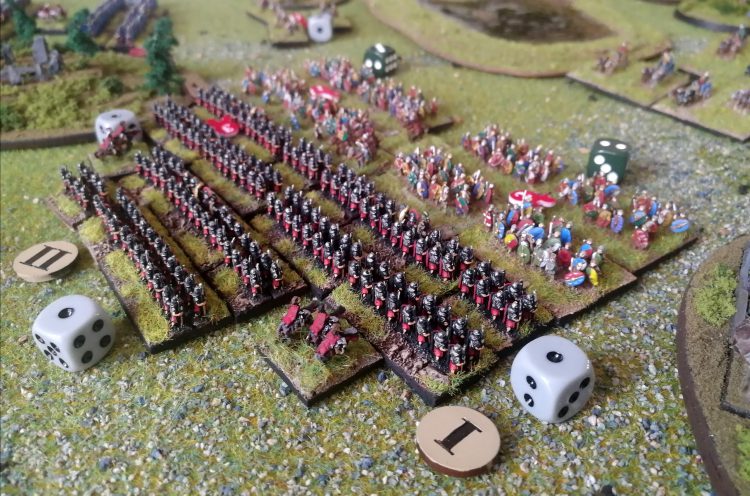
Mugginns: Look for some of the more innovative stuff coming out like the Warlord Games ~13mm plastic guys that are molded for mass battles if you’re going smaller.
Ilor: Fortunately, for whatever time period you want to play, there’s probably at least one manufacturer out there who makes figures at whatever scale you want to play. You say you want to do Second World War Hungarians at 20mm? Not only do those exist from multiple manufacturers, the Stonewall Figures folks are going to ask you “Do you want those with or without greatcoats?” Seriously, we are often spoiled for choice when it comes to historical miniatures, so find something you like and go nuts!
Lenoon: Be brave and not afraid to waste about a fiver on trying a new scale. If you’re used to 28mm, enough smaller troops to give it a go and see if it clicks with you are comedically cheap. A couple of strips of 6mm will set you back the cost of a coffee and are well worth it even as a project that goes nowhere.
Lupe: Pick something you have a real love for because the likelihood is you’ll be building a couple of forces so you can tempt folks in. If you want to get going right away and dip your toe in with something easy, then I’d grab some World War 2 minis at 10mm or 15mm, base them individually, and then play something like Bolt Action or Chain of Command. It’s a very easy and cheap starting place, and easy to expand from, and if you pick 10mm and build terrain around that then you have a table ready for other games at the same scale.
Have any questions or feedback? Drop us a note in the comments below or email us at contact@goonhammer.com.


